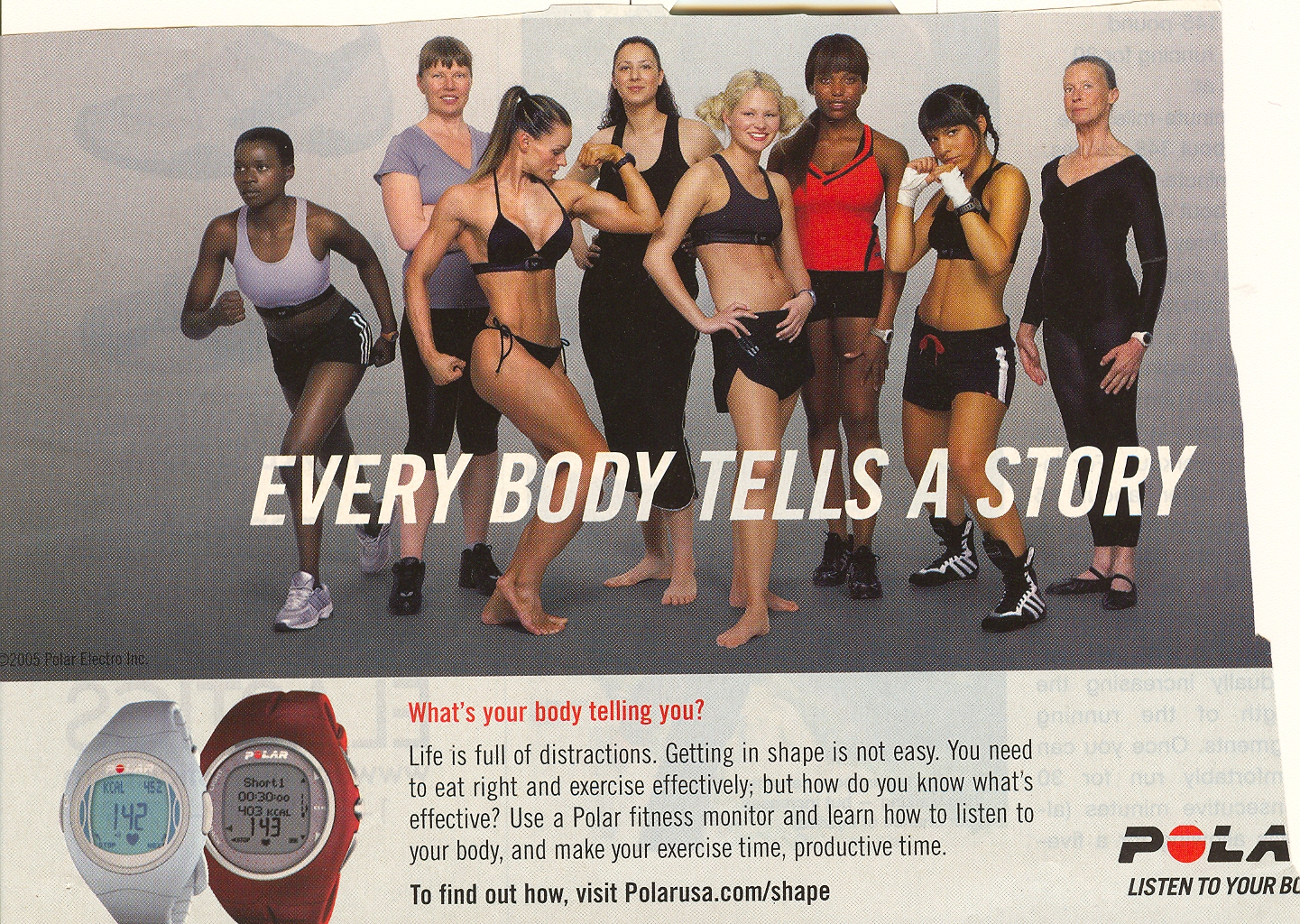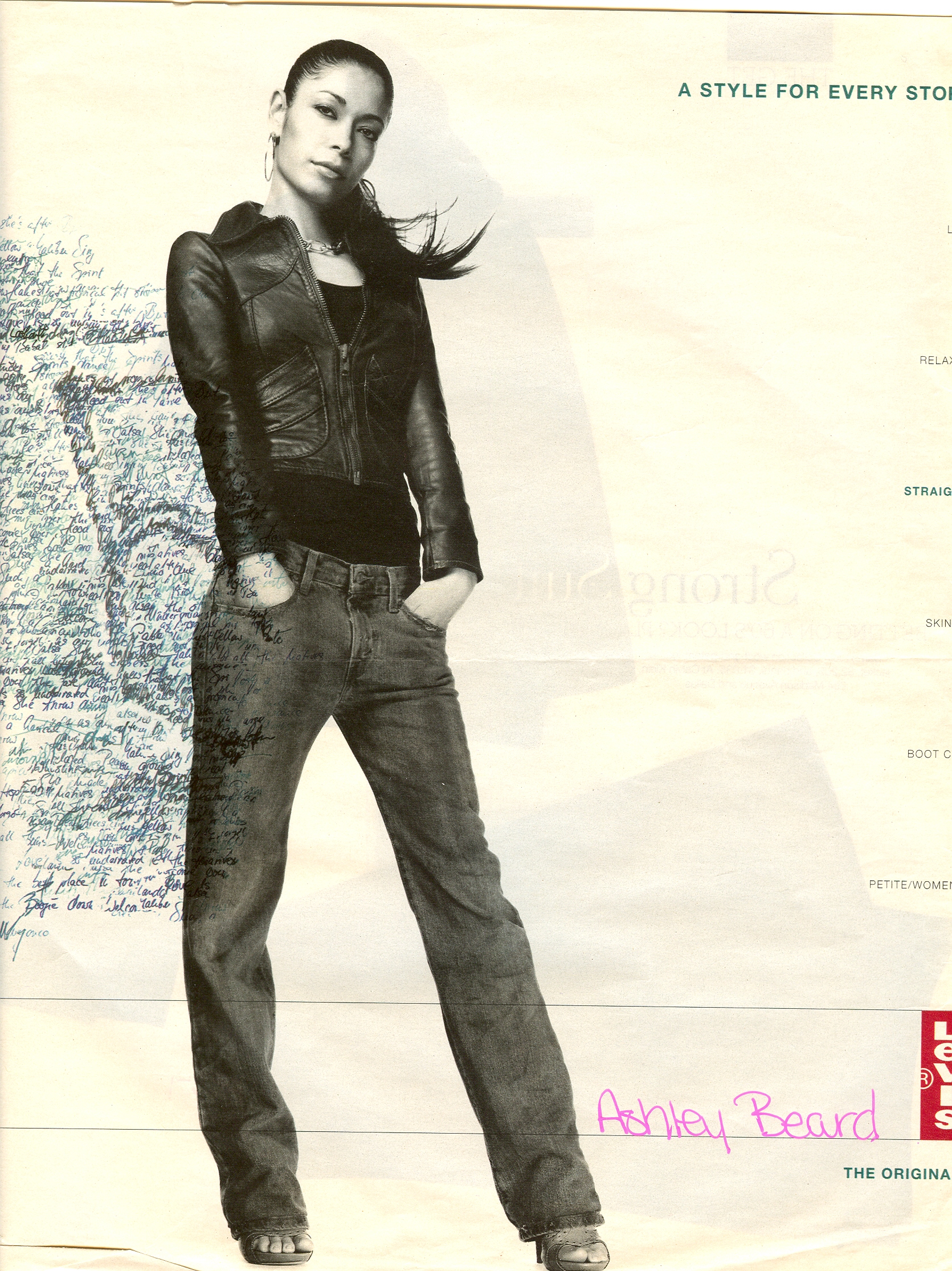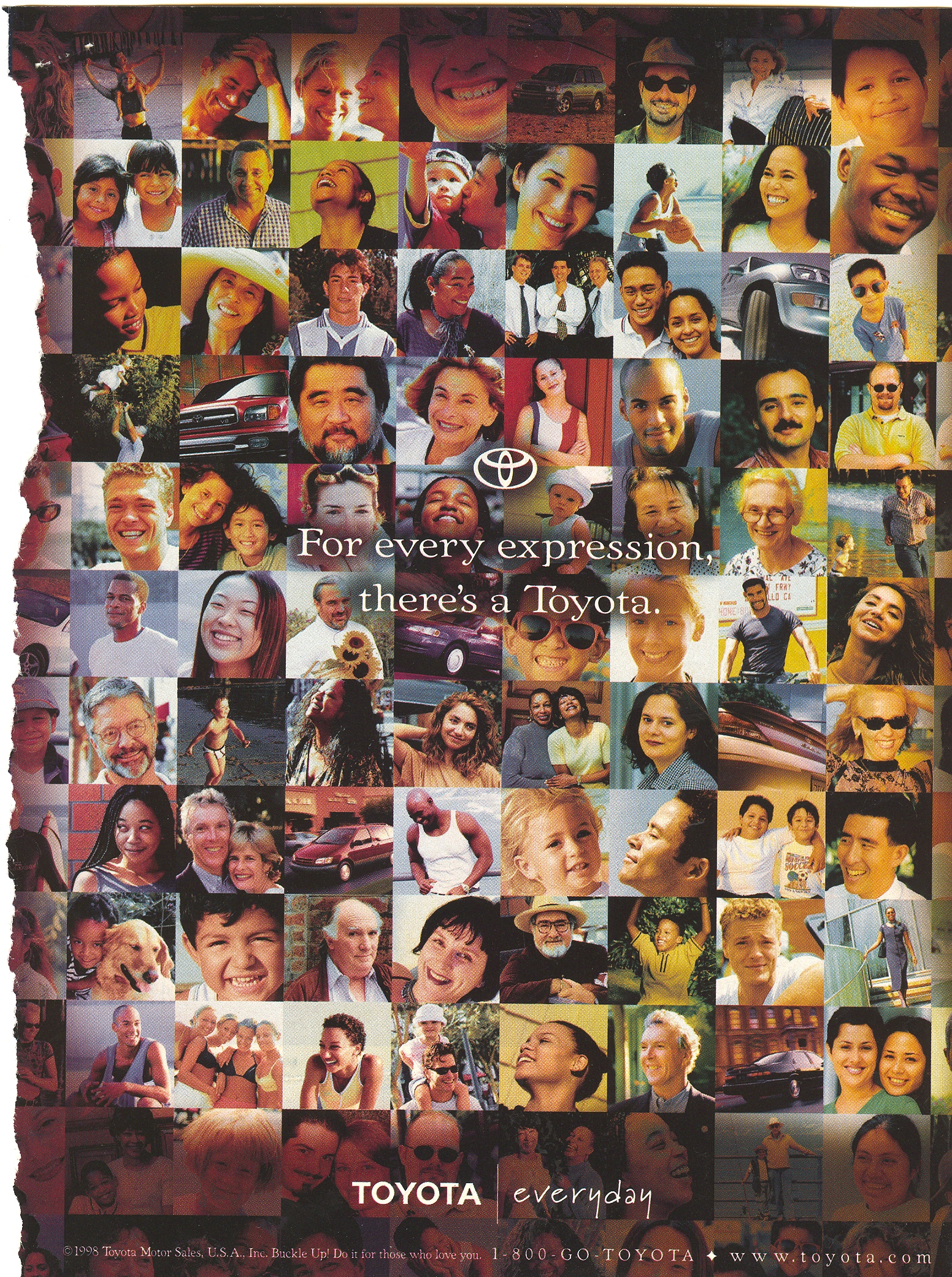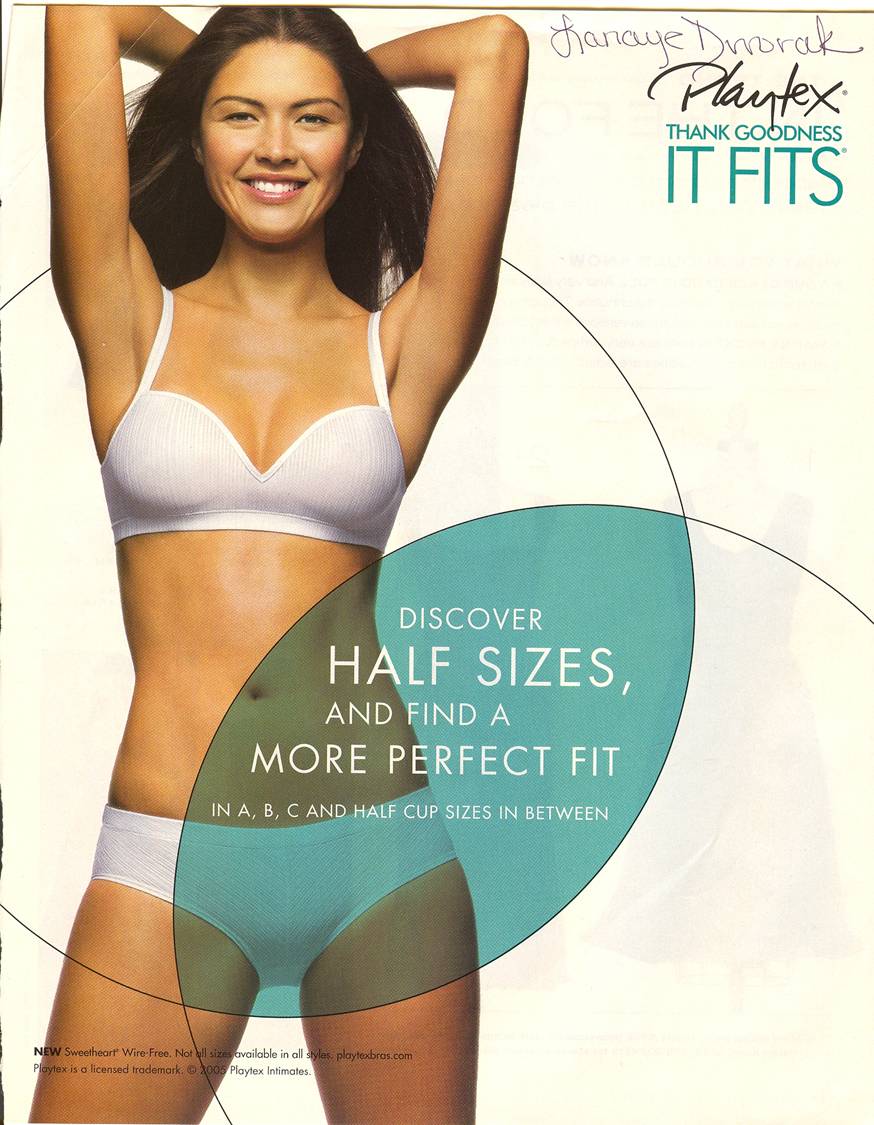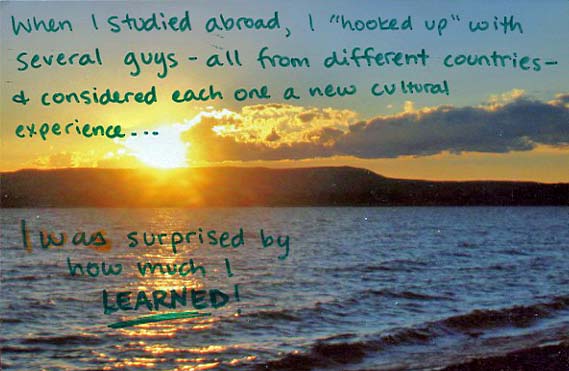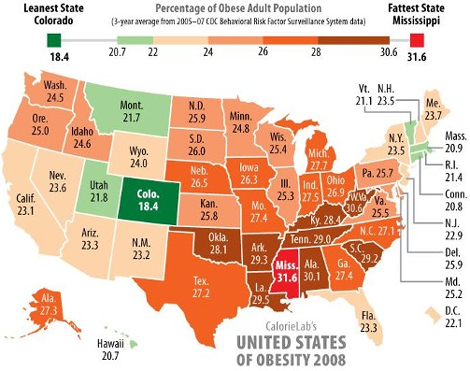Susanne T. sent us this image of an ad at a busy stop at the University of Bremen, Germany (comments after the image). Susanne translates the ad to read:
Kids are only well when mothers are well. Her project ‘wellcome’ helps families to order the everyday chaos. Strong women, strong country.
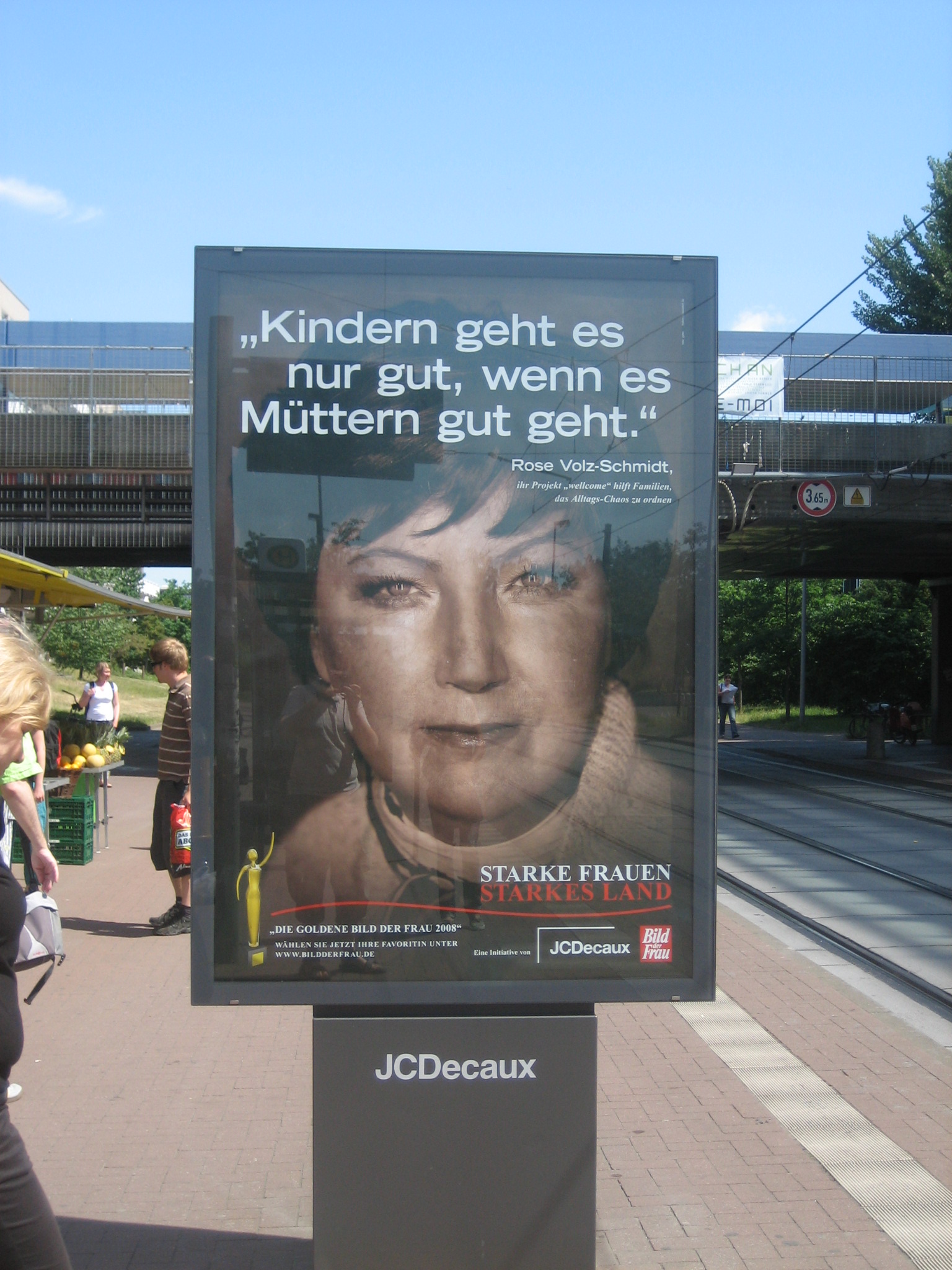
Feminist theorists note that there are two ways to integrate women into a society as equals to men: as citizen-workers (who perform the same tasks as men, namely breadwinning) or as citizen-mothers (who perform different tasks than men, namely parenting). If, and this is a big if, we truly valued parenting as much as we valued breadwinning, then the latter is a perfectly viable strategy with which to bring about a gender egalitarian society.
In the U.S., we conflate the idea of equality with gender sameness, assuming that any difference between men and women is a sign of oppression. So, to many Americans, the fact that this ad makes fathers invisible and holds women alone responsible for parenting is problematic (as Susanne noted). But different isn’t necessarily unequal and Germany (as well as France) has a tradition of supporting women as mothers. By “supporting” I mean generous social policy that rewards women in concrete ways for reproducing the nation.
I’m not sure to what extent Germany still supports mothers with pro-natal policies. Susanne’s critique may very well be more accurate than my comments about different ways of integrating women into the state. However, I think it’s useful to problematize our assumptions about what equality would look like. If women were truly valued for their unique contributions, that would be okay. The problem in the U.S. is that we hold women responsible for childcare and also devalue that work.
Adding freedom to that equality, of course, means state support for both citizen-workers and citizen-parents (of both sexes) and equally valuing both contributions.
Also see this post on equating motherhood and military service in the Third Reich.

